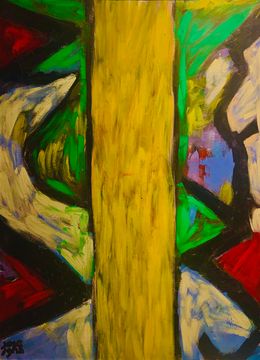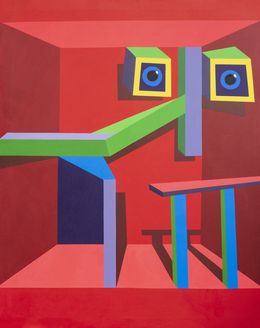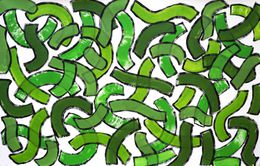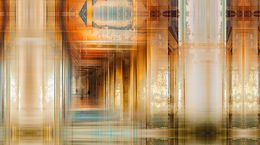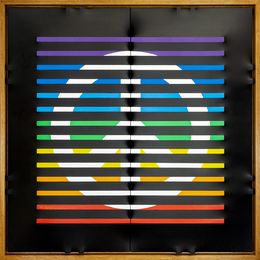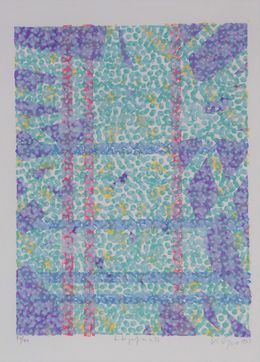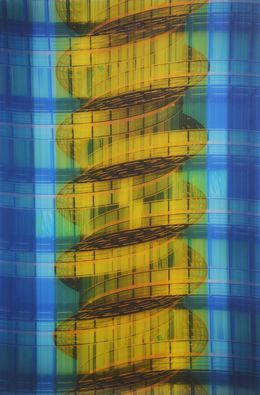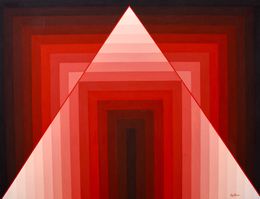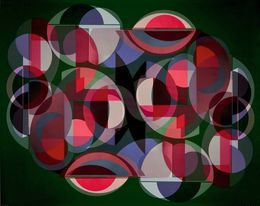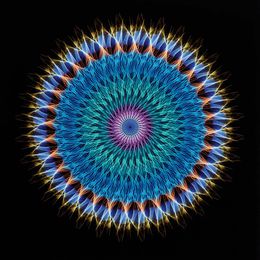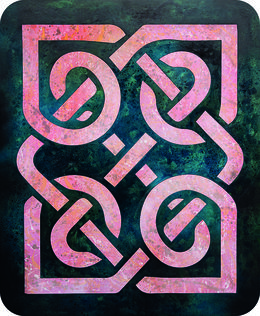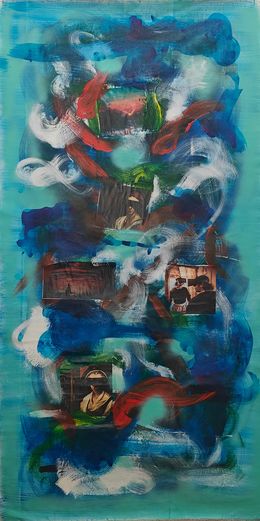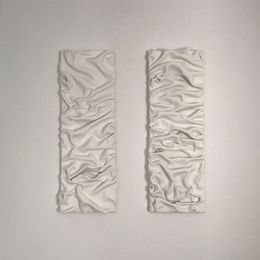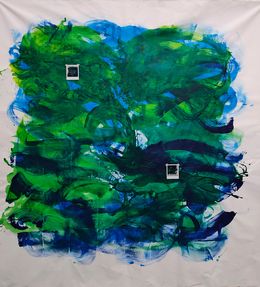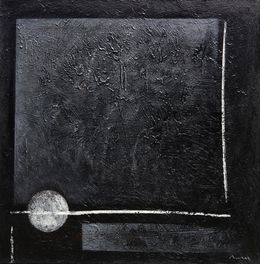
Abstract Op Art
Op art (or Optical Art) is an art movement that emerged the 1960s. Op art uses shapes and colours to create optical effects that trick the viewer's perception and enable artists to explore the limits of our vision. Op Art drew inspiration from the pictorial theories developed by the painter Wassily Kandinsky, as well as the Bauhaus school's aesthetic of the 1920s. Op Art artists sought to bring modernity and functionality into artistic creations, especially through industrial design and constructivism. They were fascinated by the relationship between geometric forms and our brain's response to them. They explored the idea that paintings did not exist merely on a wall, but also in the viewer's eye.
Within the Op Art movements, some artists were fervent supporters of black and white while others focused on colour-based artworks. Josef Albers, a Bauhaus artist and teacher, developed a colour theory concerned with relativity and instability which would inspire several Op Art pioneers. Still, black and white works were also popular, especially at the start of the movement. Artists played with the minimalist tones to compose canvases with lines, shapes, and patterns. Many artists experimented with both techniques. Bridget Riley, for example, started painting with her signature black and white to explore dynamism and movement but she later turned to colour and used contrasts to create shimmering effects in her paintings.
Another artist who experimented as much with black and white as with colours is Victor Vasarely, one of the most famous names in Op Art. Born in Pec, Hungary in 1906, he started his artistic career as a member of the Bauhaus school. His early works, such as Zebras (1938) foreshadowed the creative path he would take to become a visionary Op Art creator. One of Vasarely's main concern was to create a universal art that would be accessible to as wide an audience as possible; the artist despised the idea that art was reserved for a small group of elite connoisseurs. This way, his art became a brand of its own, omnipresent in the 1960s pop culture, mass-produced for advertising, books, music, tableware… Vasarely's signature style could be found everywhere. His series Vega: Homage to the Hexagon is a great example of how the artist played with geometrical associations to create optical illusions of volume.
Op Art differentiates itself from kinetic art as there is no motor “in" the artwork per se, but rather it is the eye that functions as the artwork's motor, the optical illusions have the ability to create a semblance of movement. Kinetic art started slightly earlier than Op Art and inspired in part by futurism. Both Marcel Duchamp and Alexander Calder were affiliated to the kinetic art movement. The term “Op Art" was coined in 1964, in a Time Magazine article, and garnered international recognition following the 1965 exhibition “The Receptive Eye" at the Museum of Modern Art in New York.
Today, Op Art is making its great comeback, and major art exhibitions are dedicated to the art movement, such as the 2019 retrospective on Victor Vasarely organised at by the Centre Pompidou in Paris. Naturally, contemporary art finds inspiration in this intriguing style and many artists today are re-exploring the science behind Op Art. Browse their artworks in Artsper's selections of paintings, drawings, sculptures.
Save your search and find it in your favorites
Save your search to find it quickly
Saved search
Your search is accessible from the favorites tab > My favorite searches
Unsaved search
A problem occurred



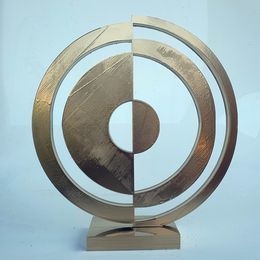


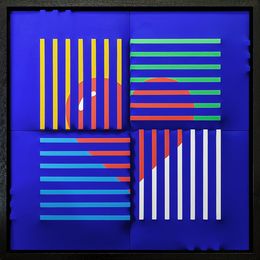



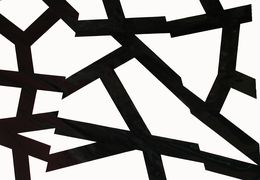
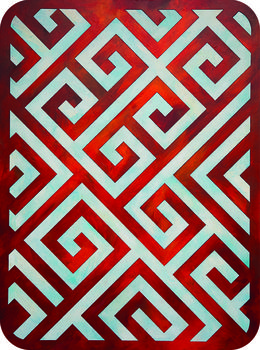
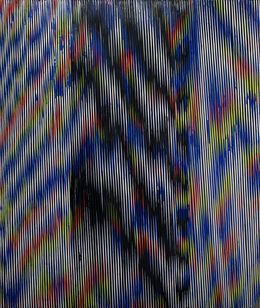



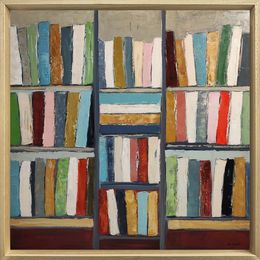



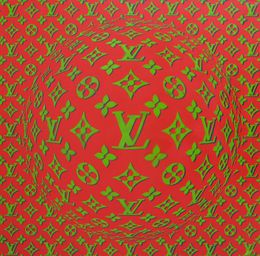

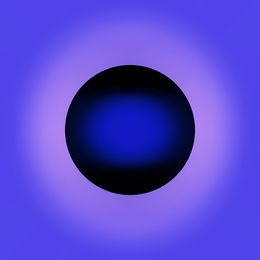

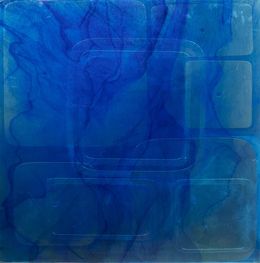
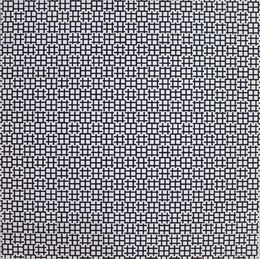


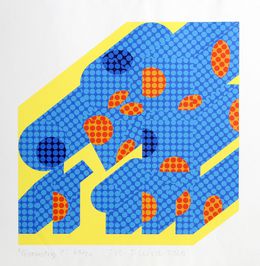

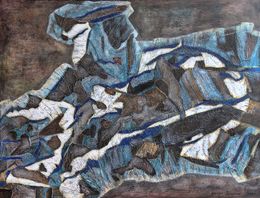

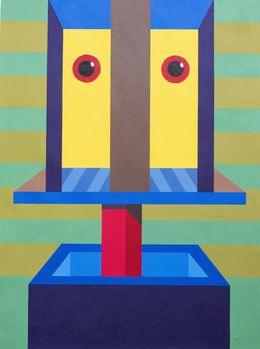
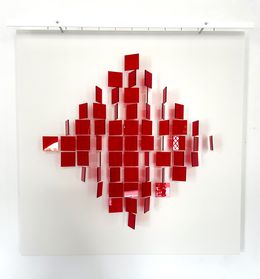
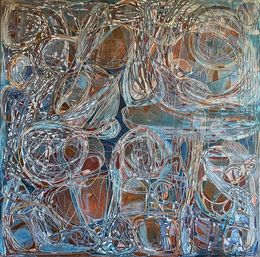
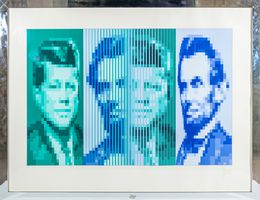

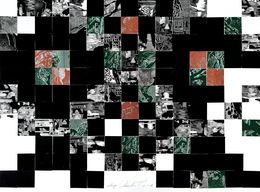
Tetiana Ocheredko
Fine Art Drawings - 57 x 76 x 0.1 cm Fine Art Drawings - 22.4 x 29.9 x 0 inch
€978
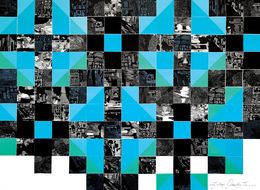
Tetiana Ocheredko
Fine Art Drawings - 57 x 76 x 0.1 cm Fine Art Drawings - 22.4 x 29.9 x 0 inch
€978
